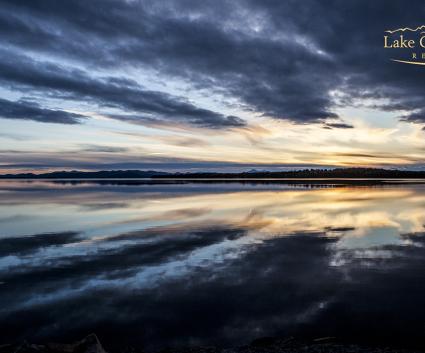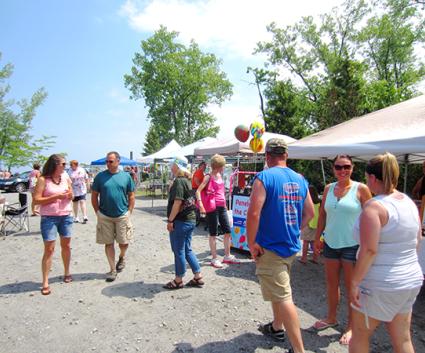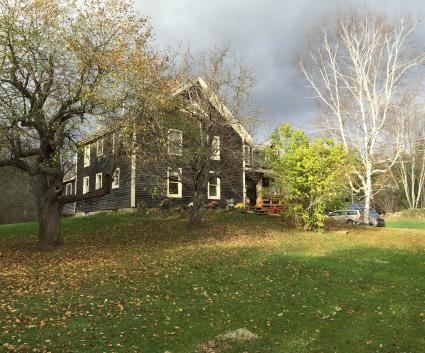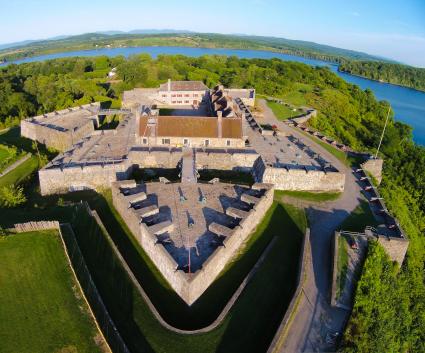Some of our little museums are frequently overlooked; however, they can be a wealth of information, particularly about topics that are out of sight. Within the village of Port Henry, town of Moriah, is a treasure of local historical information and interpretation. I often don't give a thought to what is beneath my feet, or ever have a chance to appreciate "place" from a bottom-up perspective. The Iron Center burrows beneath the familiar topography to reveal a combination of humanity, geology, and industry that took place within the town of Moriah for over a century and a half. The motivator of this mix was an abundance of iron ore buried within Moriah's landscape. This ore is magnetite, a rich, magnetic iron ore needing little refinement; the kind that makes compasses go a little crazy.
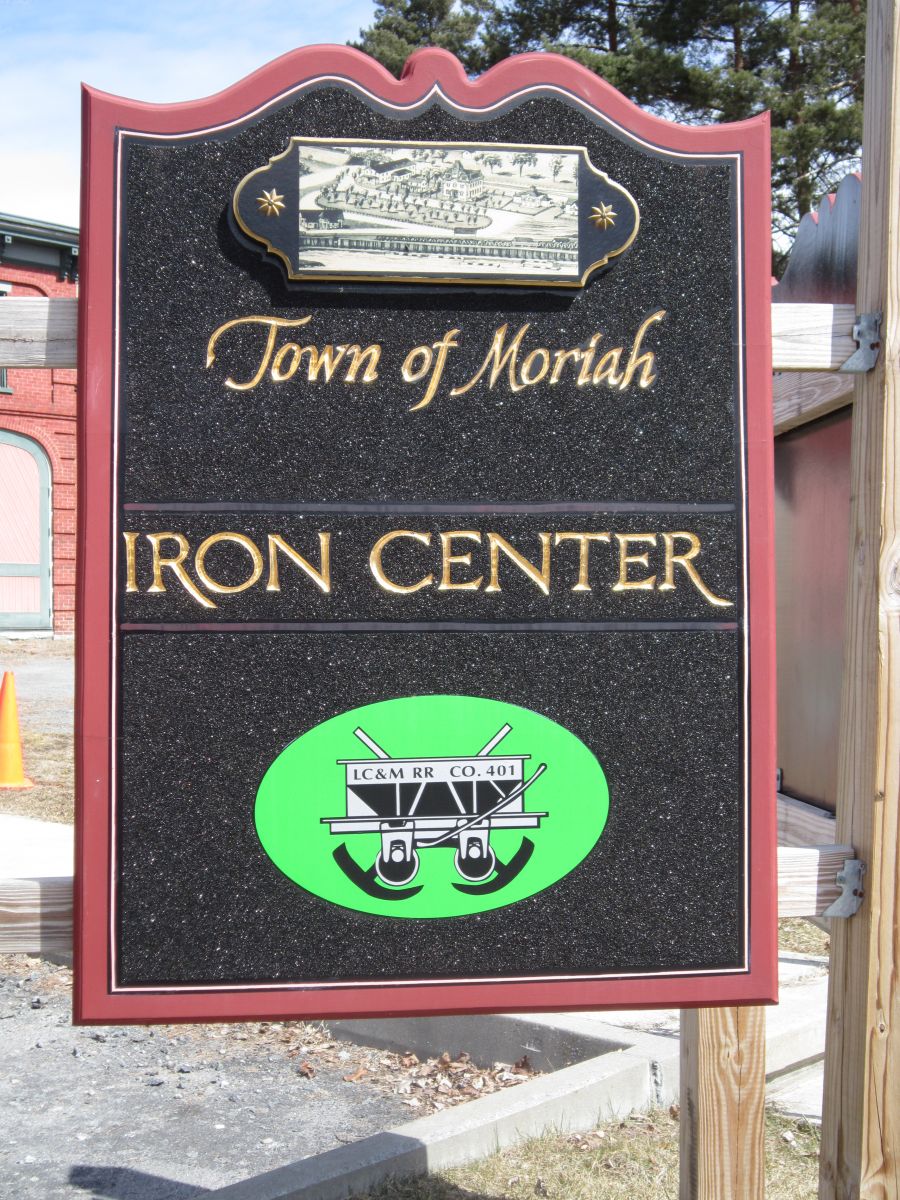
Compass clues
That's what Peter Kalm, a Swedish botanist, noticed when he visited Fort St. Frederic in 1749. The fort lies directly across the bay from the Iron Center's location today. From his compass' reaction, Peter suspected the surrounding terrain was loaded. Some 75 years later, Moriah's iron mining industry was well underway and proving him right. Today, within the Iron Center, the whole story is unveiled.
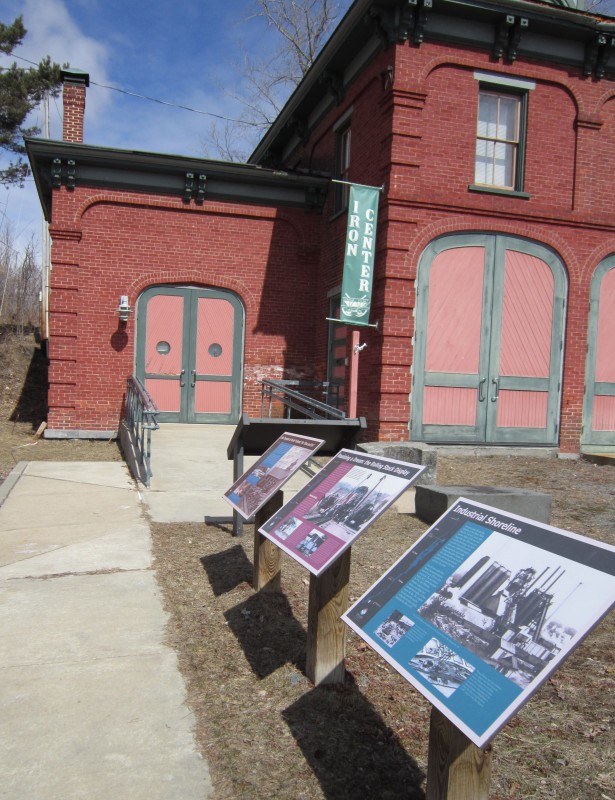
The museum is appropriately situated at 34 Park Place, Port Henry, in the historic Witherbee-Sherman carriage house, the same Witherbee-Sherman that operated the mines for years. It's in a spectacular site that overlooks the lake and the former railyard that once received the ore directly from the mines via the Lake Champlain-Moriah railroad (LC&M, known familiarly as "Elsie M"). From there the ore was loaded onto another railcar or barges for transportation to distant refineries.
Early season visit
Recently, I paid an early spring visit. Interpretive panels lining the walk began divulging the story as I approached the front door. Photographs on some made me pause to scrutinize the landscape. I could visualize the previous existence of massive ore loading/unloading systems that once straddled the more streamlined railroad tracks of today, and imagine the hustle and bustle of all that activity.
A fan of older construction, I found the former carriage house captivating in itself. It's a large two story brick structure, with the time-worn patina that makes you want to touch and explore. The building boasts graceful arched doors, beadboard walls and warm wood floors. I knew it held a myriad of tales, but once inside my attention was snared immediately by the local iron mining story.
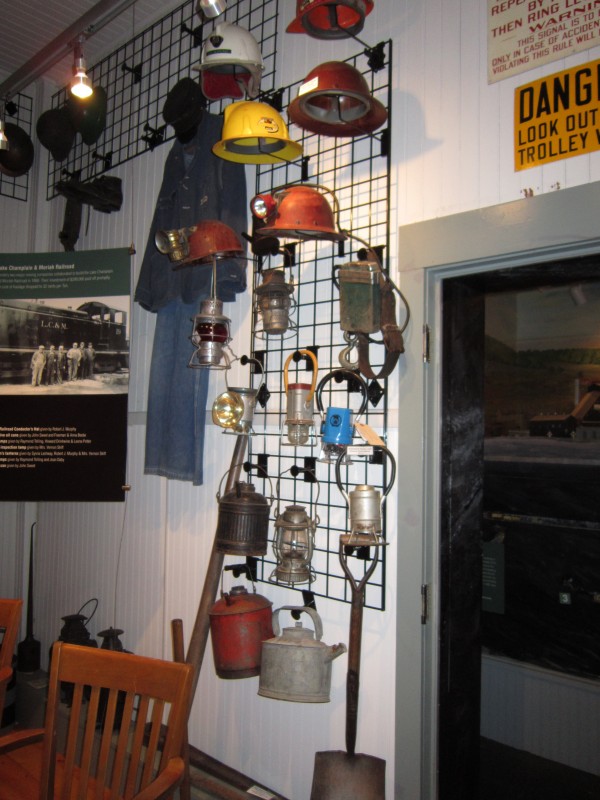
Inside the ICM
Around the museum there are a wide variety of exhibits of mining apparatus, tools, equipment, and paraphernalia. All of it becomes easily understood thanks to the adjacent descriptive text panels. Larger suspended panels describe the mines and the entire process that had such a significant impact on not only the landscape, but the culture of this community. Innumerable photographs gave me a view of what it must have been like for the thousands of miners who spent most of their daylight hours performing hard physical labor underground. There are miles of shafts in the town, some going down over 2,400 feet', so the miners' workday commute was not necessarily over when he arrived at the above-ground site. This would not be for me! I'm one who drives miles off of my route to avoid a tunnel.
Tucked off to one side of the museum is a diorama room. The entire room replicates the hamlet communities of Mineville and Witherbee. There are miniature models of buildings, equipment, railyards, and trains, all done with incredible detail! The four walls display hand-painted murals of the surrounding landscape and horizon. A cross-cut section of the diorama model provides a peek at what was going on below ground level when this industry was in full scale operation, while a viewing platform permits a bird's eye view. Every angle delivers yet another feature. I found it intriguing and knew it must delight everyone, no matter the age or interest.
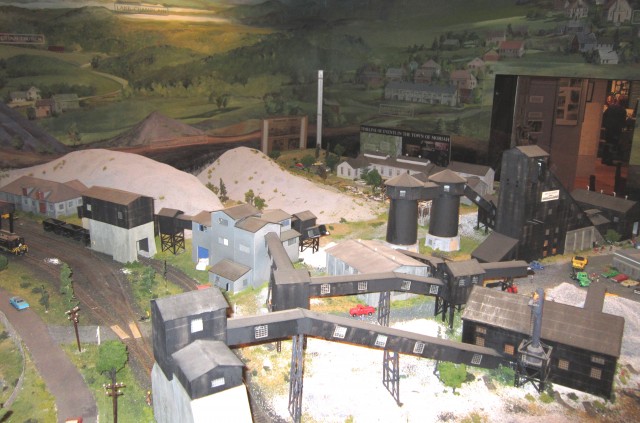
Planning a visit
The second floor of the Iron Center houses the Town of Moriah Historical Society, which operates the museum. It contains a vast collection of photographs, newspaper articles, historical records, and documents, and it is also the year-round office of Betty LaMoria, the town of Moriah/village of Port Henry historian. Betty served as a gracious and helpful guide for my visit. She is a wealth of information regarding local history and made certain I extended an invitation to anyone conducting local research.
The Iron Center Museum is open throughout the summer season, Monday, Tuesday, and Wednesday from noon until 2 p.m.; Thursday and Friday from noon until 3 p.m. It is staffed by volunteers and, if available, you can also visit on Saturday afternoon. The historian and volunteers will do their best to accommodate. Special group visits can be pre-arranged as well. Contact the Iron Center Museum and Town of Moriah Historical Society at (518) 546-3587 or moriahhistsoc@aol.com. Be sure to plan a visit to this unique museum. You won't be disappointed!
To round out a great day in the area, why not stay for a tasty meal, browse unique shops, and stop by our many other attractions.





